Sweden is of special interest to me because my ancestors immigrated to the United States from there. Because of this, I heard little bits of stories about Sweden and grew up in a Swedish Baptist denomination. I put together this Christmas in Sweden unit study for families that includes information to read, photos, videos, worksheets, book ideas, printables, and other little delights sprinkled throughout. At the end, there are several suggestions for your unit study.
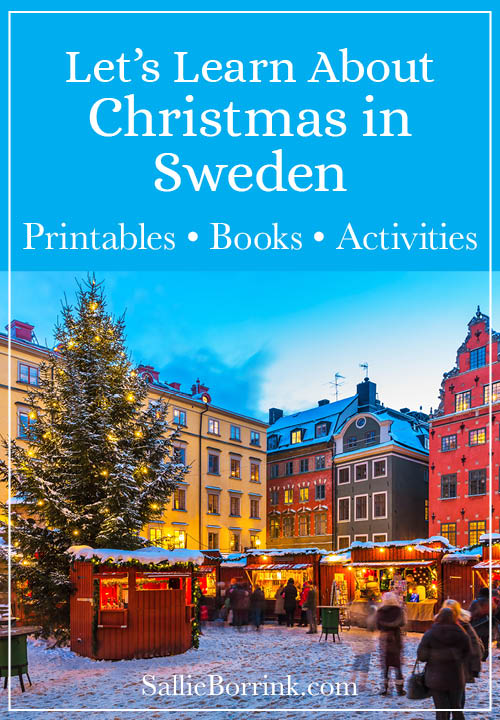
I’ve created a Christmas in Sweden Worksheets & Activities pack for elementary aged children that ties in with the information in this post. You can purchase in my shop.
You can also find the Christmas in Sweden Writing Pages in my shop. These are designed for notebooking, creative writing, copywork, narration, dictation, and handwriting.
Christmas Traditions in Sweden
There are many traditions celebrated by the Swedish that bring meaning to Advent and the Christmas holidays. Like advent traditions from around the world, they are an important part of family and national life.
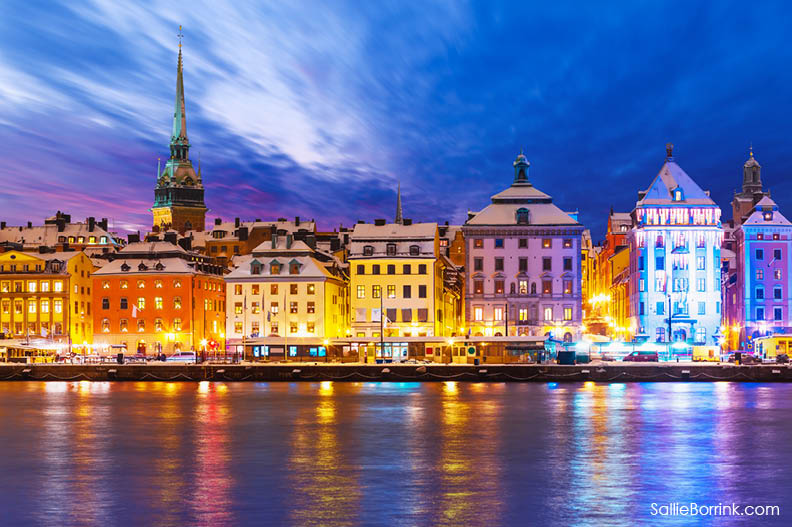
The Swedish Christmas holiday begins with the first Sunday of Advent. Other important dates include December 13 (St. Lucia Day), December 24 (Christmas Eve), December 25 (Christmas Day), January 6 (Twelfth Night), and January 13 (St. Knut’s Day). During this time, families celebrate with special foods, meaningful customs, special gifts, and treasured events throughout Sweden
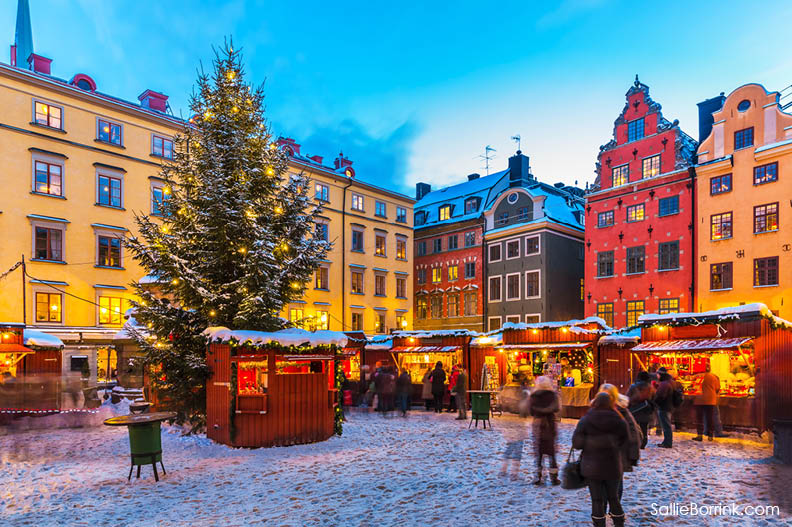
Read more about Swedish traditions in Peter and Lotta’s Christmas.
St. Lucia Day
One of the highlights of the Christmas season is December 13 known as St. Lucia Day (or also Saint Lucy’s Day). St. Lucia Day honors a young girl who lived during the time of the Roman Empire and was martyred for helping Christians with money and food. The day is celebrated both at home and at church.
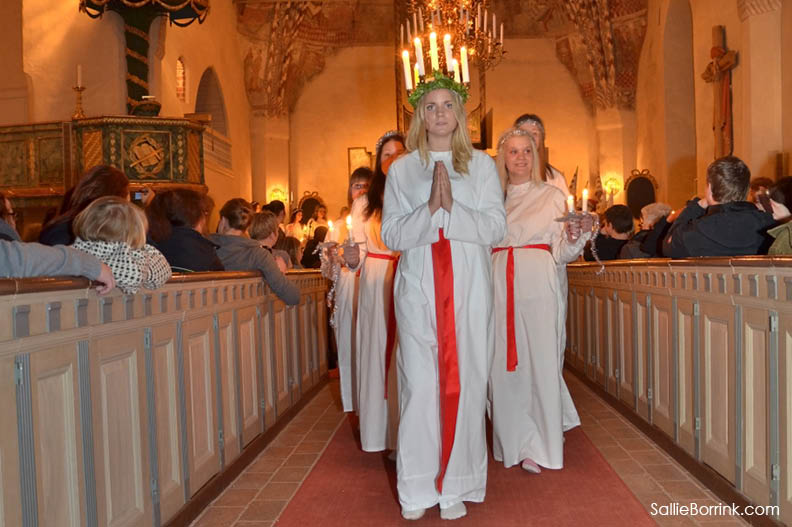
On St. Lucia Day, the oldest daughter dresses in a long white gown or robe with a red sash. She wears a halo of evergreens and lighted candles on her head and sings while serving coffee and sweet rolls to the family members.
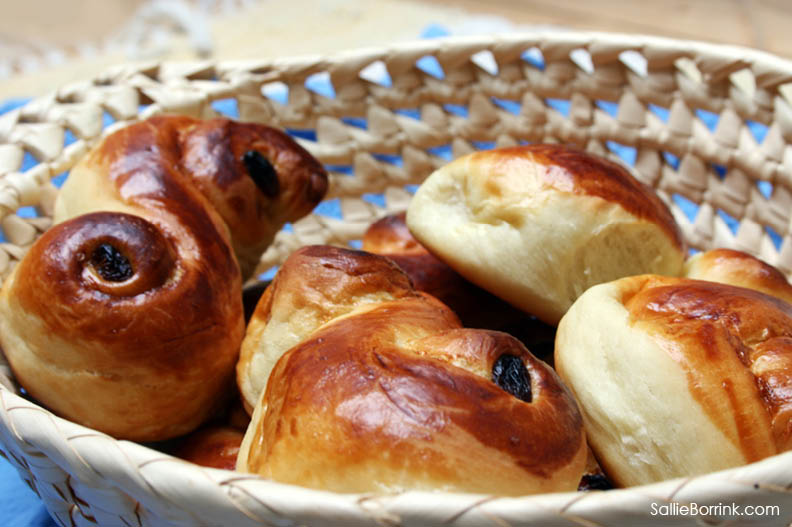
Saint Lucy Day celebrations are also held at church.
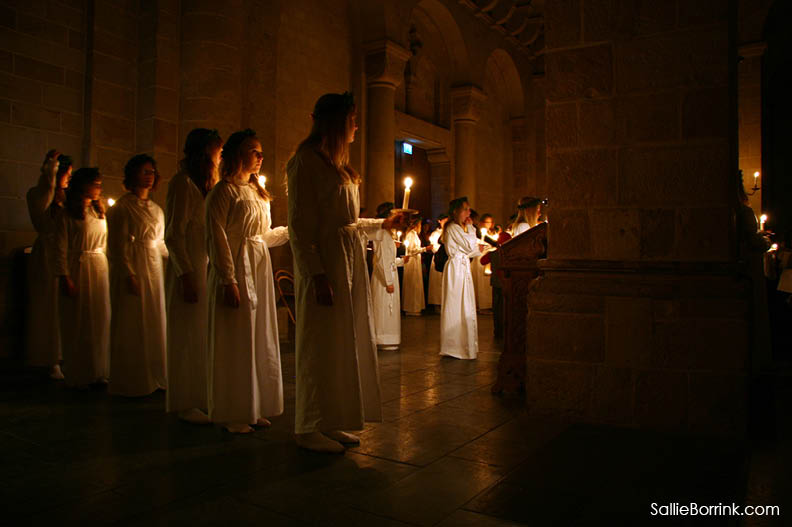
During the church celebrations, the girls wear white dresses that usually have red sashes. The boys may dress as star boys with special hats covered with gold stars. The star boys legend may refer to Saint Stephen or King Herod’s stable boy named Staffan.
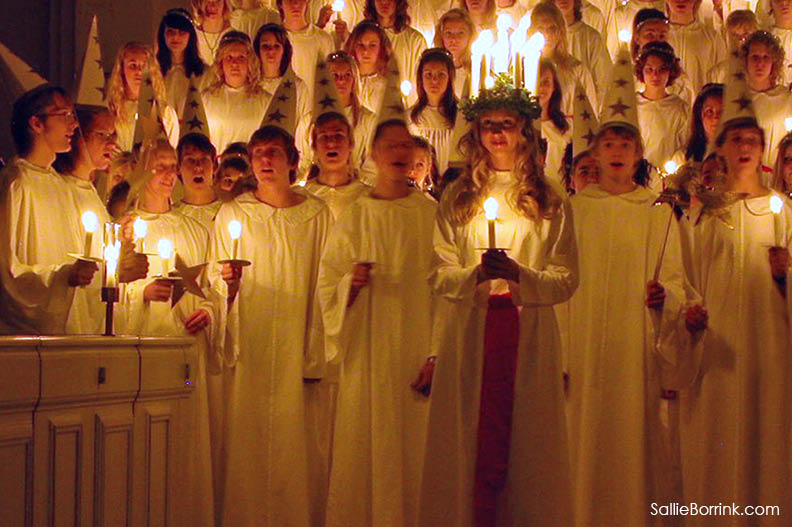
Listen to this beautiful version of the St. Lucia Day song.
This is another video that shows the boys and girls participating in several songs. You can also get a better view of the special clothing they wear that day.
Saffron buns are an important traditional part of St. Lucia Day. Saffron is a special spice that gives the buns their unique yellow color.
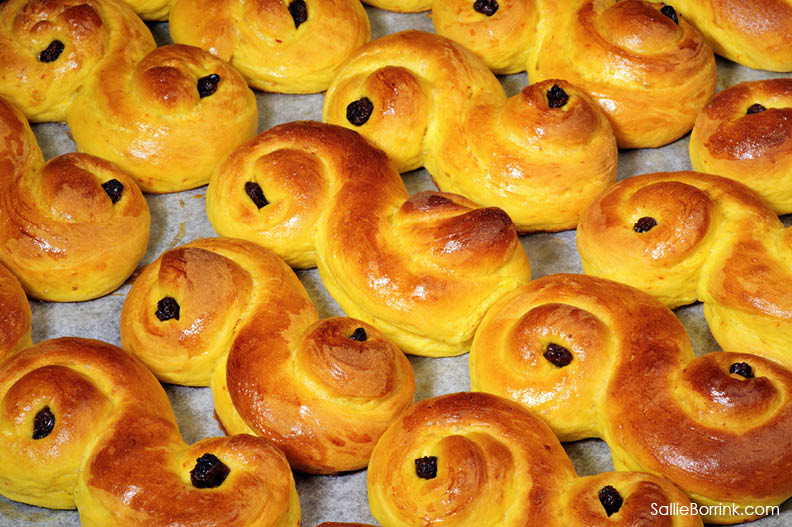
Learn more about St. Lucia Day with Lucia Morning in Sweden.
Christmas Eve and Dipping Day
On Christmas Eve afternoon Swedish families observe Dipping Day. They remember the times of famine when there was only black bread to eat by dipping black bread into a hot broth of sausage, corned beef and pork. This is believed to bring good luck in the new year.
After completing the dipping, the family has a special smorgasbord. If you would like to learn more, here is a special book called Jul: Swedish American Holiday Traditions.
After the large evening meal filled with traditional Swedish foods, the family exchanges gifts around the lit tree. Gifts often include special tags with poems, riddles, and rhymes. Each one is read aloud before the gift is opened.
Under this tree, you can see the straw goat! The Yule goat is a special tradition that goes back to pagan days. Now it is primarily a Christmas decoration used on or under the tree.
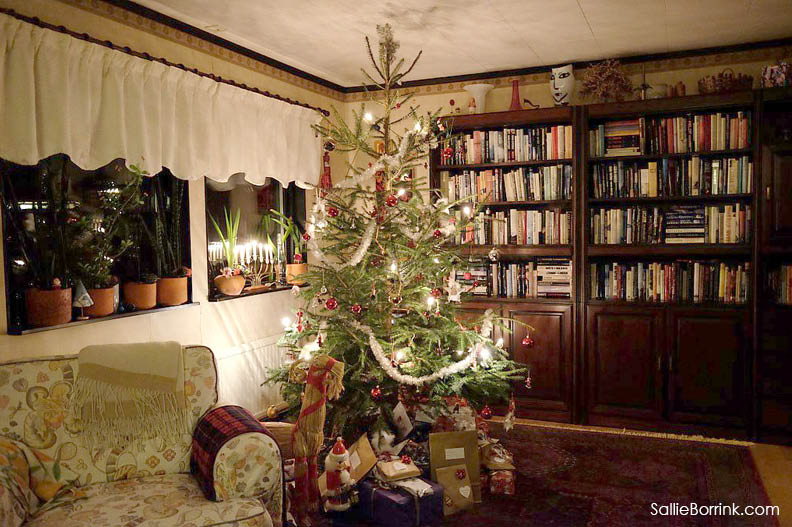
On Christmas Eve children set out a bowl of rice porridge for Jultomten, the small elf who brings presents to the family.
Christmas Day
While some families attend midnight mass on Christmas Eve, other Swedish families attend a 5:00 a.m. church service on Christmas Day called Julotta. Otta means dawn and the service should end before the dawn. That morning the families put candles in the windows of their home to light the way for the Christ Child.
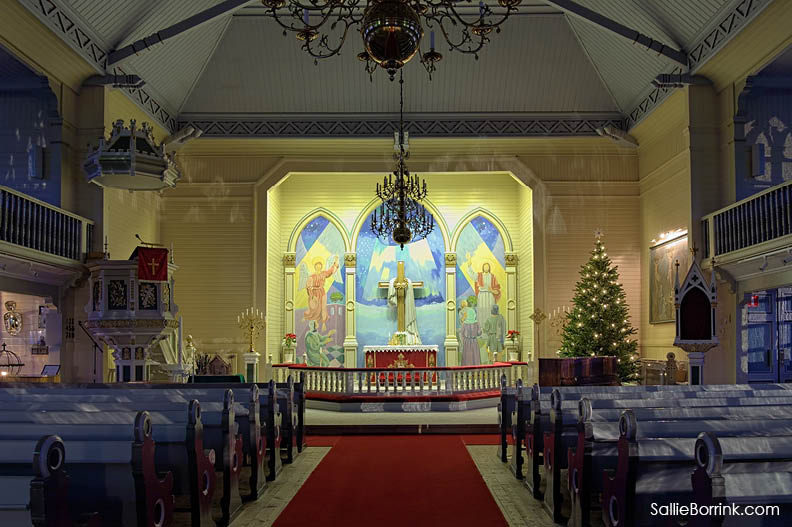
The rest of Christmas Day is a quiet day that is more focused on the spiritual and restful aspect of the holiday.
As part of the Christmas dinner, everyone eats a special rice porridge sprinkled with cinnamon and with an almond or gold ring cooked inside. The person who finds the special almond or ring is said to be the next one to wed. If someone finds it who is married or too young to marry, he or she will be blessed with good luck and lots of teasing.
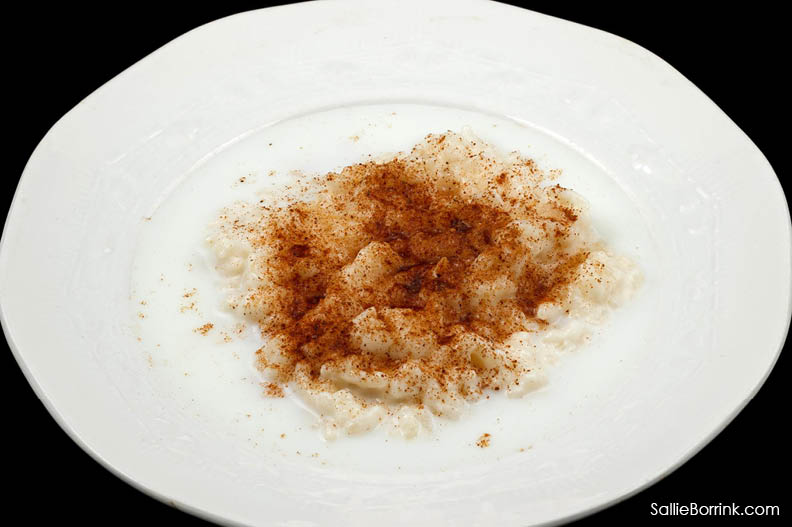
Second Day of Christmas
The day after Christmas is usually spent in special parties for both children and adults. This festive time carries over through January 6 with many people visiting friends and relatives throughout that time.
Twelfth Night
The Swedish Christmas holiday season continues on January 6 with the Twelfth Night celebration. The children dress up in costumes and go from house to house singing and collecting treats.
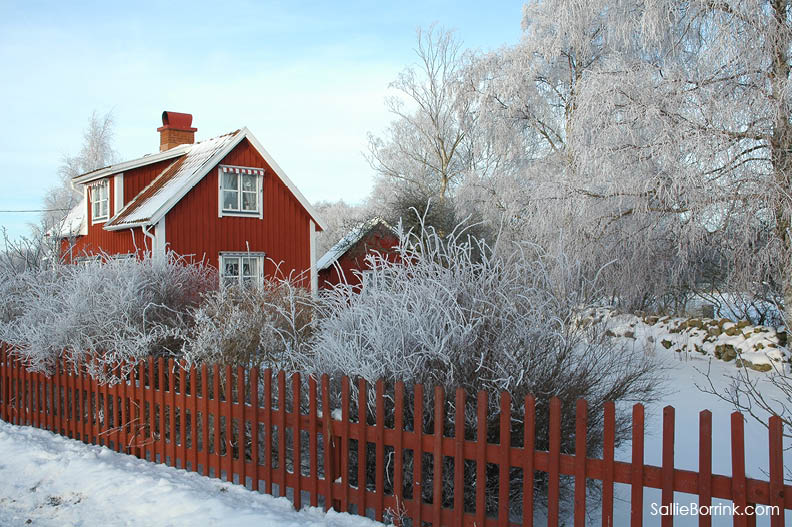
St. Knut’s Day
St. Knut’s Day on January 13 is the final day of the Christmas season and focuses mainly on the children. On this day, Swedes remember St. Knut and have a julgransplundring (Christmas tree plundering). This is when the treats decorating the tree are removed and eaten. The Christmas tree is removed from the house and the holiday season is officially over.
Christmas in Sweden Unit Study Ideas
There are many learning worksheets, maps, and activities in my Christmas in Sweden Worksheets & Activities. In addition to those, consider these ideas for your family.
- Geography: In addition to the maps of the Nordic countries and Sweden in the packet, print off a copy of my free map of Europe. Find and label Sweden.
- Craft: Make Swedish paper hearts using a tutorial on YouTube.
- Food: Make saffron buns or put together a smorgasbord.
- Math: Find out why saffron is one of the most expensive foods on earth and calculate how much it costs for one pound.
- Faith: Read the story of Stephen in the Bible (Acts 6 and 7)
- History: Learn more about what Lucia did, why she was made Saint Lucy, and how she is remembered and celebrated in different parts of the world.
- Field Trip: Find out if there is a church near you that celebrates St. Lucia Day and attend the service.
- Local History: Did Swedish immigrants come to your area? Are there any museums, colleges, or churches in your area connected to Swedish heritage you could visit?
Merry Christmas and happy learning!
More In My Shop
Necessary photo credits
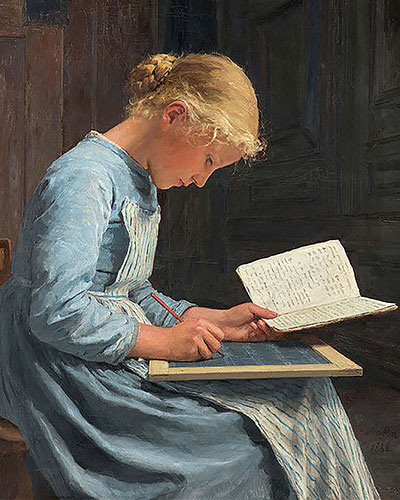
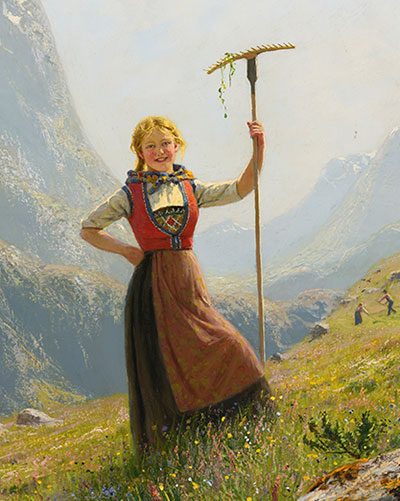
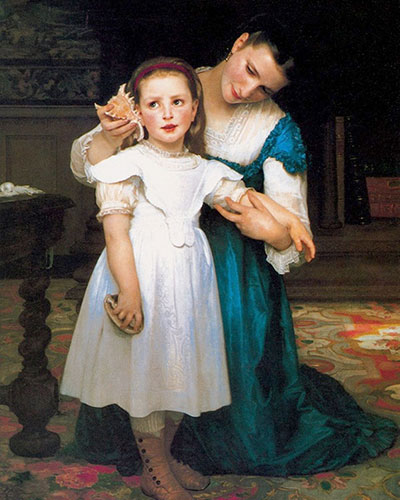
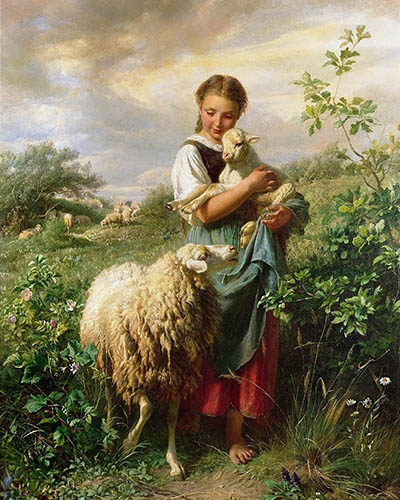
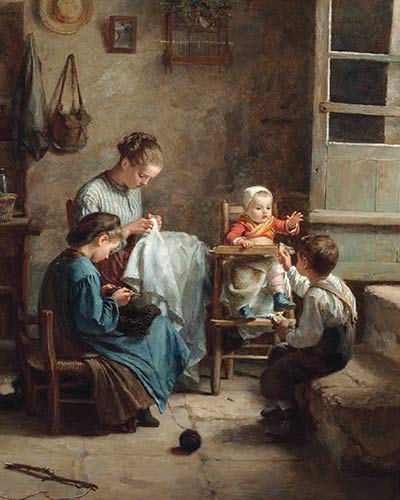
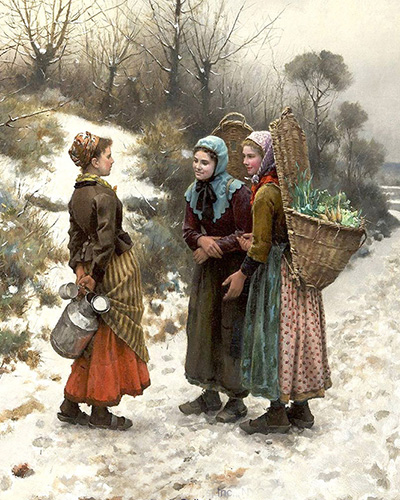
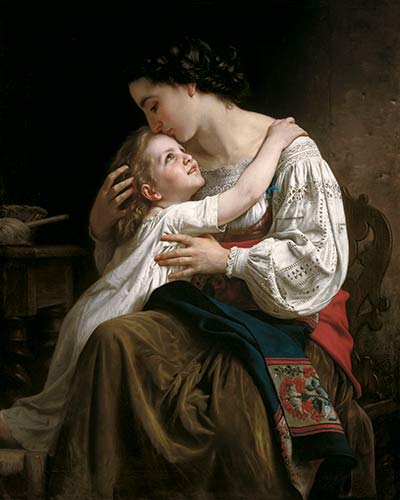
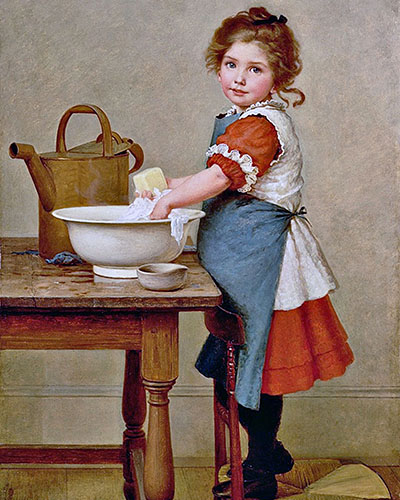

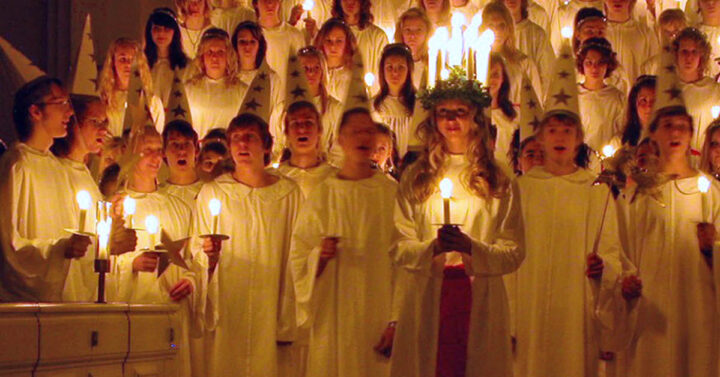
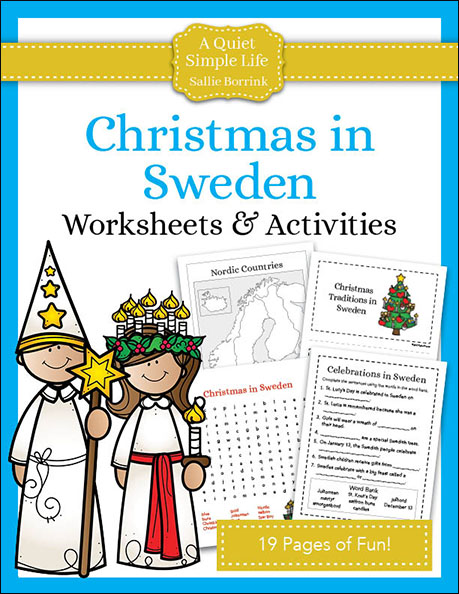
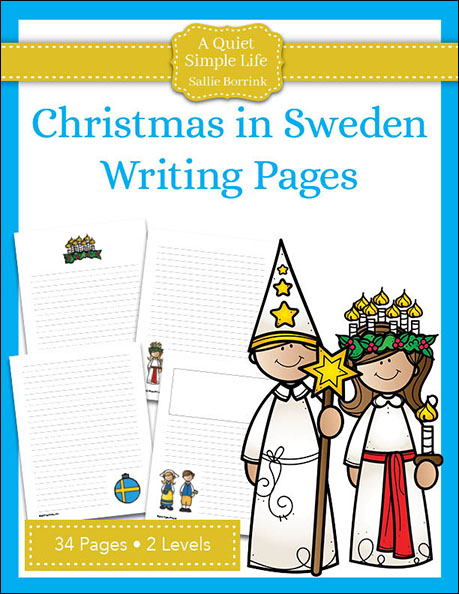
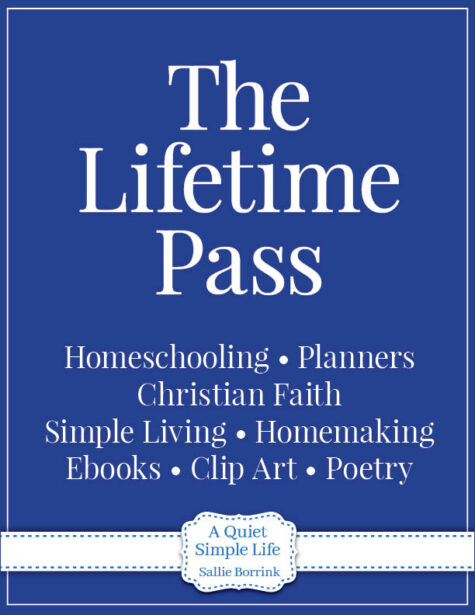

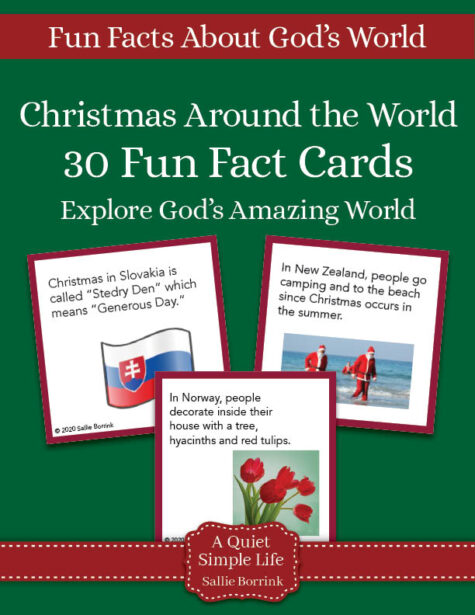





 “Little White Snowdrop” by Amanda Turner – Printable Poetry
“Little White Snowdrop” by Amanda Turner – Printable Poetry
Leave a Reply